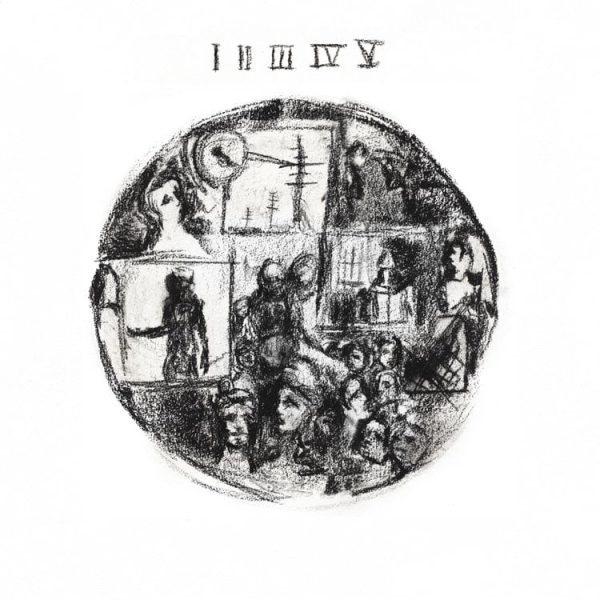Book Review: Persepolis
It’s not everyday you read a book that you want to clear a spot off of your shelf for, but “Persepolis” does for me. This book has easily become one of my favorites. Marjane Satrapi originally published her graphic novel “Persepolis” in several parts, but you can find it in one volume; just make sure you’ve got the complete “Persepolis” or you will find yourself in some serious cliffhangers wanting more.
Similar to last week’s book review of “Zahra’s Paradise” which focused on the 2009 struggles in Iran, Satrapi presents a story that follows the intimate details of her life growing up in Tehran, the same setting as “Zahra’s Paradise.”
However, Satrapi’s story takes place starting in the 1980’s. Her story takes place during the Islamic Revolution. In her graphic novel memoir, Satrapi starts with her early youth in Tehran, showing her growth to a young teenager, when fighting and upheaval become too great in her country. Satrapi finds herself in Vienna far away from her family and her homeland for the first time. As she struggles with coming of age, first love, her friends and missing her home and family, you find yourself bound to this character, unwilling to let her go. The story continues with her return to her country, her marriage and then ultimately her decision to leave her beloved country again in adulthood.
This story, much like “Zahra’s Paradise,” looks at Iran and its nationalism, how the struggles of the country affect the people living there, what outsiders think of the Iranian people. The story asks a lot of the same questions as “Zahra’s Paradise,” especially the question, “Is this Iran?” Satrapi’s story is a beautiful portrait of life in a country in upheaval as the people try to hold on to tradition and embrace change. Her memoir paints a very clear and blunt picture of her country, her religion and where she and her family fit in the new Iran.
Originally published by L’Association, Satrapi’s work is very stark, using only black and white pictures and simplistic art; there is absolutely no possible way to hide from her message and what she sought to accomplish when she set out to write “Persepolis.” I would recommend it because it is an eye-opening experience, and beyond that, there are many relatable elements to her story. While it chronicles the upset in her country, it is very much a coming-of-age story, which any reader can relate to, especially college students. Our generation needs works like this to remind us that people from Iran are every bit as human and real as we are. This book does that.
Fans of memoir will tear through this book, rapidly consuming each image and the delicious story that accompanies them. Before you know it, you’re at the end feeling satisfied, but wanting more. This is the kind of book you may borrow from a friend and never want to give back: it’s that good.










